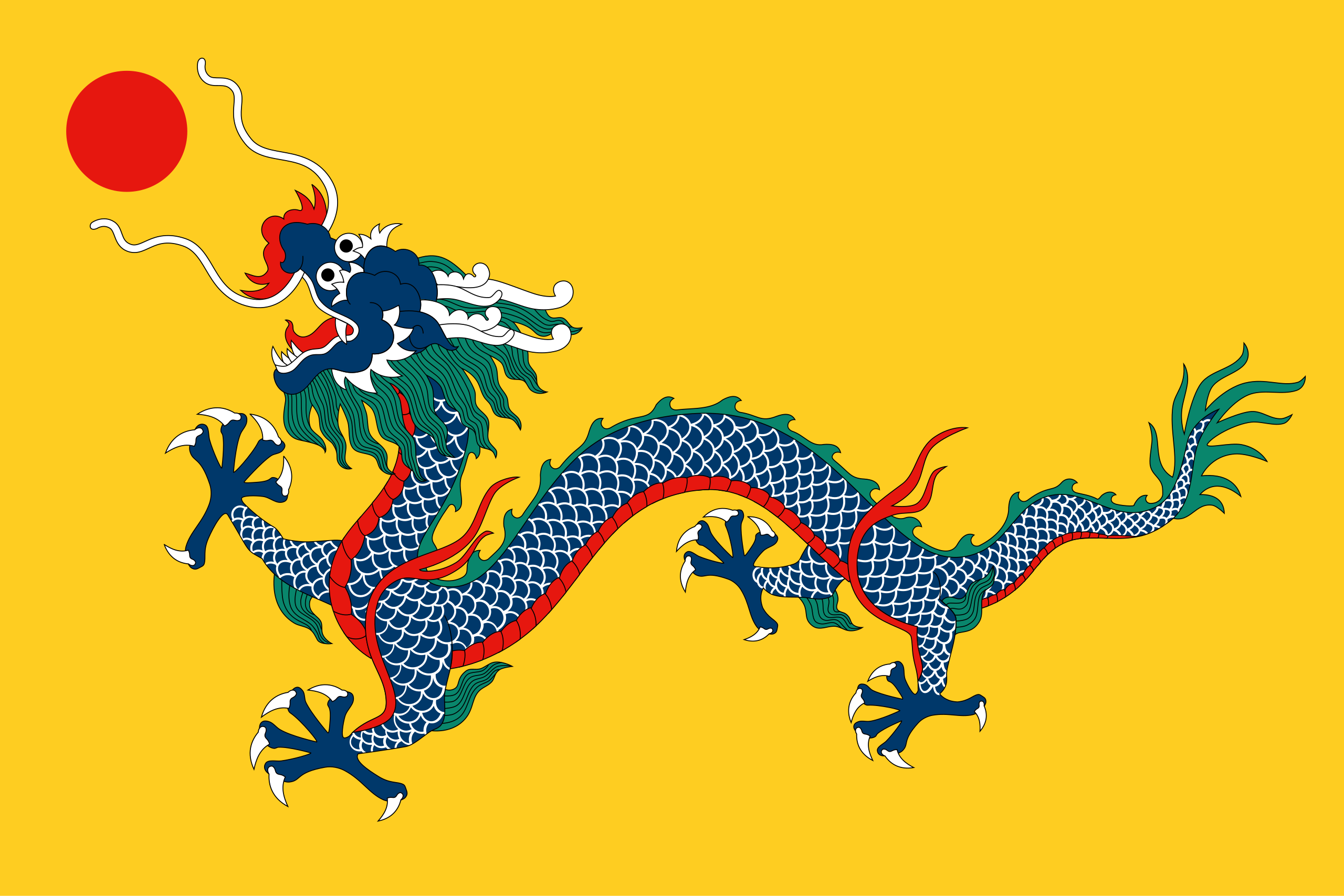NTT IOWN all-photonics ‘saves Princess Miku’ from dragon
Data infrastructure, networks and new-age computing platform company NTT (not its official definition, but one we feel is validated and the organisation itself would not be unhappy with) has debuted “CHO KABUKI Powered by IOWN,” a theatre performance synchronising live and virtual performers in Osaka, Japan and Taipei City, Taiwan.
The technology used employed NTT’s Innovative Optical and Wireless Network (IOWN) All-Photonics Network (APN).
The performances occurred in May this year using the world’s first International IOWN APN, activated by NTT and Chunghwa Telecom Co., Ltd. (Chunghwa Telecom) in August 2024.
It’s Princess Miku, to you
“CHO KABUKI Powered by IOWN” tells the story of Princess Miku (performed by Hatsune Miku) and Tadanobu (performed by Shidō Nakamura), who battle the Azure Dragon [no relation to Redmond, just a blue dragon, get it?] while traveling through the legendary Thousand Cherry Blossoms that span from the Age of Gods to the present day.
Through the IOWN APN, the movements of performers in Taiwan were transmitted in real time to Japan, where they were synchronised with performers at the Osaka Expo site to create a unified production, as if the distant performers were sharing the same stage in-person.
In addition, the performance enabled audience participation through the detection of penlights using cross-modal search technology. By analysing and quantifying the swing of audience members’ penlights in real-time, the performance integrated spectators into the efforts to save Princess Miku.
Not Mini Me, AnotherMe
Prior to the performances, NTT utilised its digital twin technology (known as AnotherMe), AI and its proprietary cross-lingual speech synthesis technology to create a virtual copy of Kabuki actor Shidō Nakamura.
This multilingual “Shidō Twin,” capable of speaking in languages including Japanese, English and Chinese, guided visitors to the venue and provided an overview of how to use designated earphones to enjoy the Kabuki performance. The IOWN APN seeks to maximise the efficiency and performance of long-distance data transfer by eliminating optical-electronic-optical conversions along the transmission path.
It aims to achieve three key performance targets: a 100x increase in power consumption efficiency, a 125x increase in transmission capacity and 200x lower latency than conventional systems.
Triumvirate of technologies
The APN is one of three core components of the IOWN Initiative, which NTT says is designed to enable a smarter, connected world built on photonics-based technologies by 2030.
In addition to the APN, IOWN aims to realise advanced Digital Twin Computing and a Cognitive Foundation to unlock the what the company hopes might be the full potential of AI, robotics and the Internet of Things (IoT).
The theme of the NTT Pavilion at Expo 2025 was “parallel Trave'”, with visitors invited to travel across time and space through the history of the human experience. Powered by IOWN, the pavilion is divided into three zones showing the evolution of communications technologies, from letters and telegrams to the future of communications and connectivity enabled by IOWN.
Free image credit: Wikipedia




